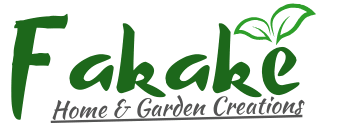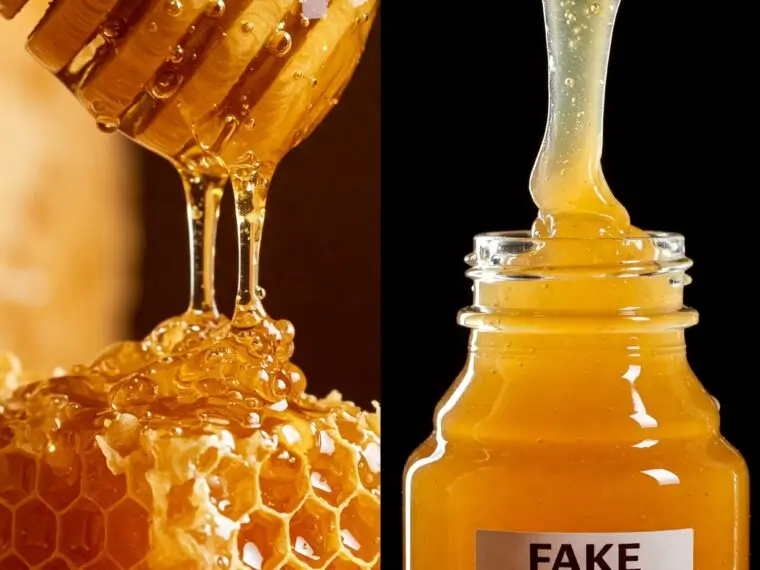Half the Honey on Store Shelves May Be FAKE — Here’s How to Tell If You’ve Been Fooled!
Honey is one of nature’s most powerful gifts — known for its healing, antibacterial, and antioxidant properties. But what if the golden liquid you’re adding to your tea or spreading on toast isn’t real honey at all? Alarmingly, recent investigations reveal that up to 50% of honey sold in stores may be adulterated, diluted, or completely counterfeit.
Let’s uncover the truth about fake honey, why it’s flooding the market, and how you can identify the real thing.
What Is Fake Honey?
Fake honey refers to products that are diluted with sugar syrups, corn syrup, glucose, rice syrup, or other additives. These mixtures mimic the taste and appearance of genuine honey but lack the nutritional, medicinal, and antibacterial properties of real honey.
Some fake honey even includes chemicals or artificial sweeteners and is processed to remove pollen — making it impossible to trace its origin.
🚨 Why Is There So Much Fake Honey?
The demand for honey has skyrocketed due to its health benefits and popularity as a natural sweetener. But the supply of real honey hasn’t kept up — leading to mass production shortcuts and fraud.
Some key reasons include:
- High market prices for pure honey
- Lack of international regulation
- Easy availability of cheap sugar syrups
- Export fraud, where honey is relabeled or misrepresented
In some cases, even brands that claim to be “100% pure” may contain additives or have undergone ultra-filtration that removes beneficial enzymes and pollen.
How to Test Honey at Home: 6 Simple Methods
1. The Thumb Test
Place a small drop of honey on your thumb.
✅ If it stays intact and doesn’t spread — it’s likely pure.
❌ If it spreads or runs — it may be impure or diluted.
2. The Water Test
Fill a glass of water and add a spoonful of honey.
✅ Pure honey will settle at the bottom and stay together.
❌ Fake honey dissolves quickly or mixes with the water.
3. The Flame Test
Dip a dry cotton bud in honey and try to light it with a match.
✅ Pure honey can ignite due to its low water content.
❌ If it won’t light or sizzles, it has too much water.
4. The Vinegar Test
Mix a bit of honey, water, and vinegar.
✅ If the mixture foams, the honey may be adulterated with chalk or other substances.
5. Crystallization Check
Over time, real honey crystallizes (especially in cooler temperatures).
✅ If your honey crystallizes, that’s a good sign!
❌ If it stays perfectly smooth forever — it might not be real.
6. Label Inspection
Always check for:
- “Raw” or “Unfiltered” on the label
- No added syrups or sugars
- Presence of pollen (some countries now require pollen content)
Avoid honey labeled as “imitation” or overly processed types.
🍽️ Why Fake Honey Is a Problem
- Lacks health benefits: Adulterated honey often has no natural enzymes, antioxidants, or antibacterial power.
- Can be harmful: Some contain industrial sugars or chemicals that pose long-term health risks.
- Hurts beekeepers: Cheap fakes flood the market, making it harder for real producers to survive.
- Environmental impact: It discourages ethical and sustainable beekeeping practices.
✅ How to Buy Real Honey
- Purchase from local beekeepers or farmers’ markets
- Look for certified organic or third-party tested honey
- Choose raw, unprocessed, and unfiltered honey
- Research reputable brands and their sourcing methods
- Trust crystallized honey — it’s a natural process, not a flaw
Final Thoughts
Don’t let the golden color fool you — not all honey is what it seems. While fake honey may look and taste similar, it doesn’t offer the true flavor, nutrition, or healing that pure honey provides. By learning these simple tests and buying mindfully, you can ensure you and your family enjoy the real sweetness of nature.





